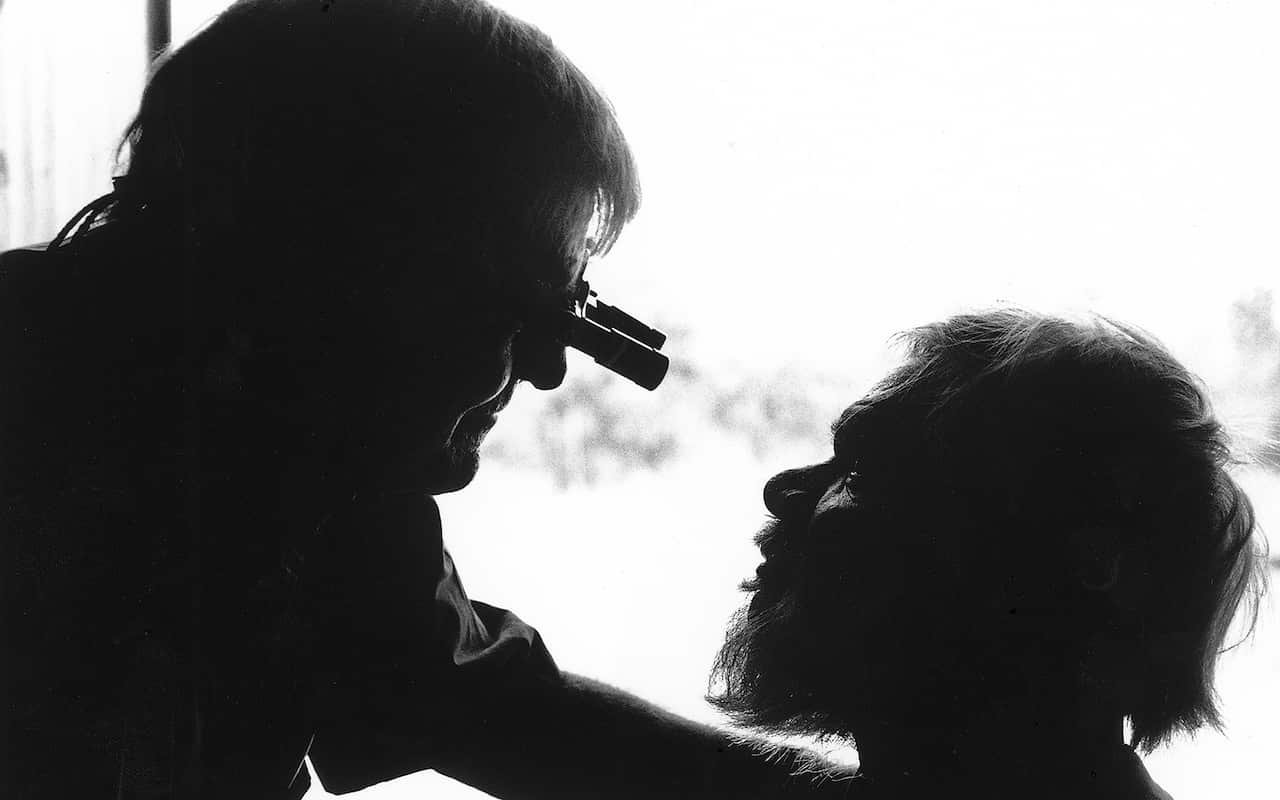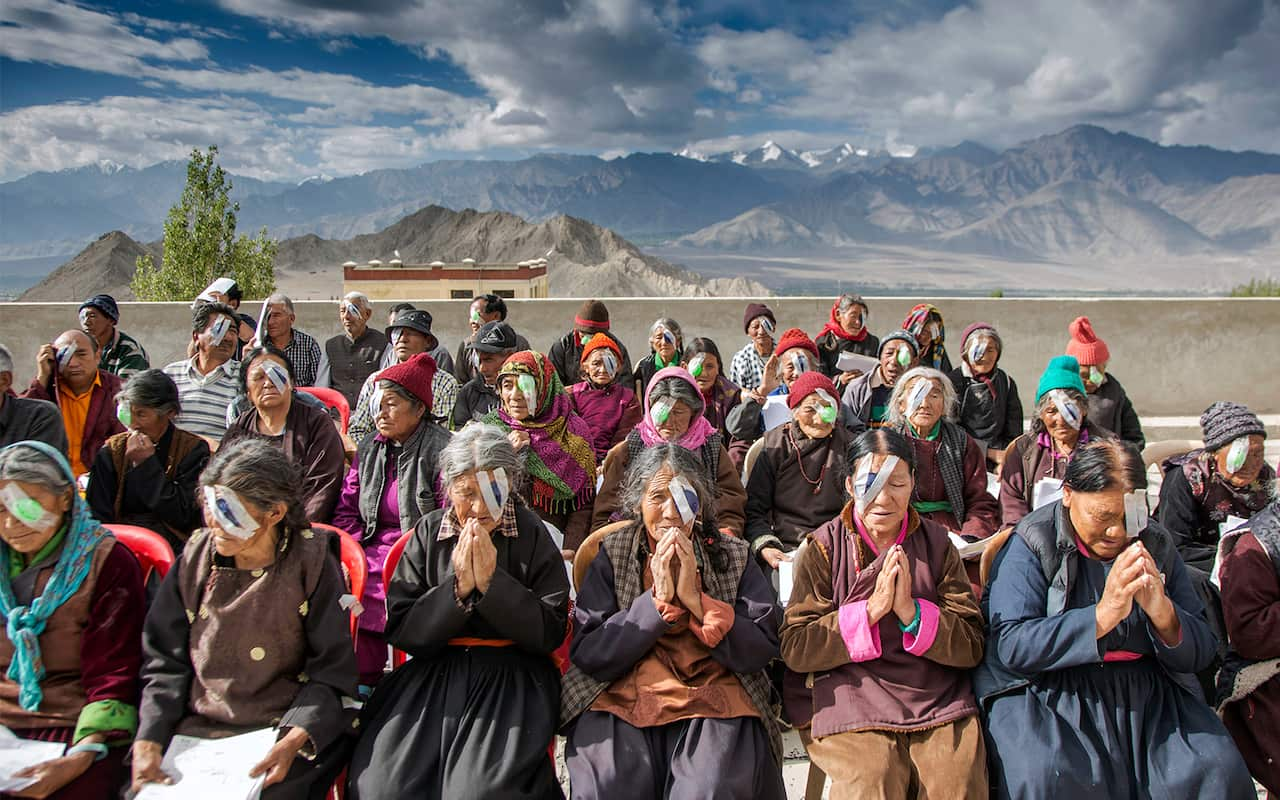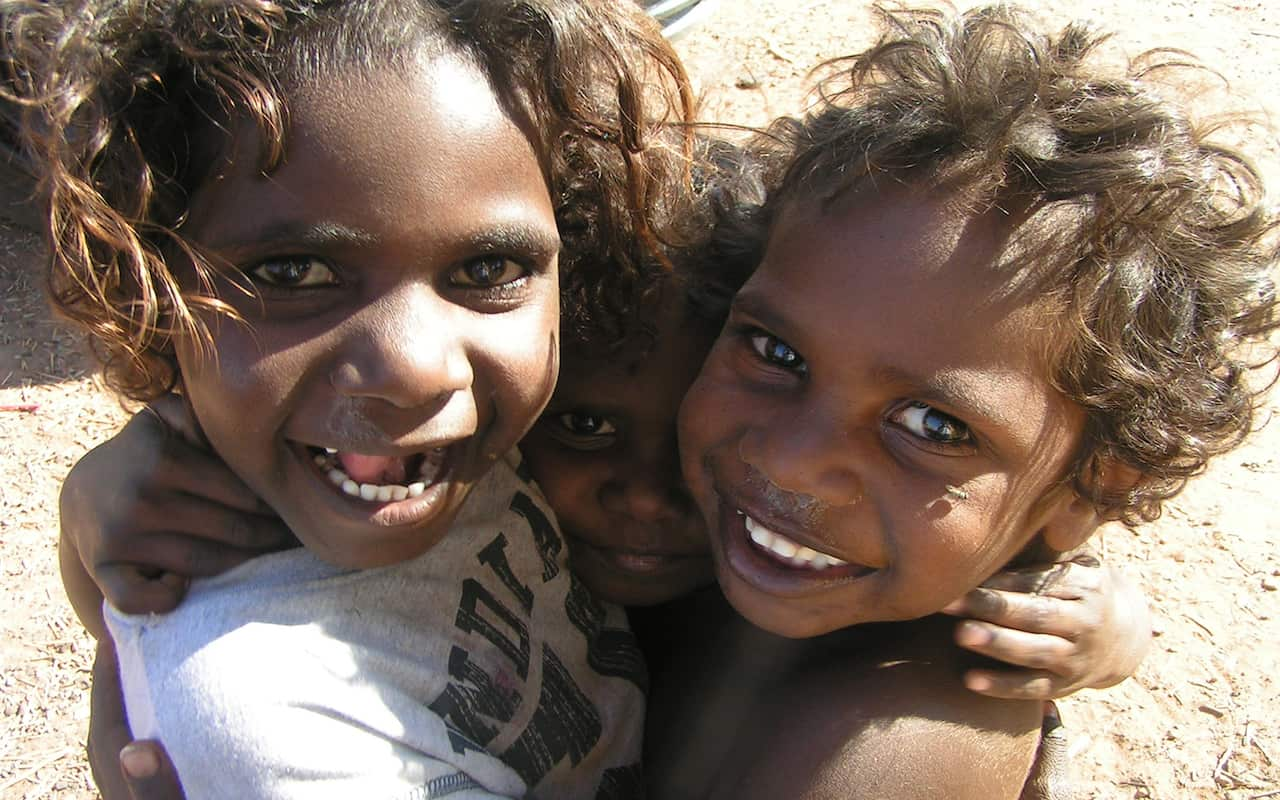The Fred Hollows Foundation is celebrating 25 years since it first began.
Originally, the idea was sparked in a conversation between the late prominent ophthalmologist Fred Hollows and his wife Gabi: How would they provide affordable, quality eye care to communities who needed it most?
In 1992, the Fred Hollows Foundation opened its doors in Sydney, shortly before the death of its namesake from cancer.
Since then, practitioners have restored sight in more than two million people around the world who were completely blind, on behalf of the charity.
For the Fred Hollows Foundation CEO Brian Doolan, those moments are the most special.
"We call it a Fred moment when someone pulls the patch off. Suddenly they see their grandkids or partner for the first time in their lives and the smile lights up." An old friend and colleague of Mr Hollows, Doctor Sanduk Ruit, marked the charity's anniversary in Sydney.
An old friend and colleague of Mr Hollows, Doctor Sanduk Ruit, marked the charity's anniversary in Sydney.

Fred Hollows, inspects the eyes of an Aboriginal man (Stephen Ellison/Fred Hollows Foundation) Source: Stephen Ellison/Fred Hollows Foundation
His own practice is a partner organisation with the Fred Hollows Foundation - and he remembers when the man he says was his "soul mate" came to visit Dr Ruit's surgery in Nepal.
"Fred visited me, this was in the 1980's, and he just said: right, I want to do that here. And he then developed programs in Australia based on what we did there, and we have done the same, each borrowing knowledge and sharing it," Dr Ruit said.
Dr Ruit has become renown as the "Barefoot Surgeon" in his home country.
He is among the surgeons who work in countries such as Ethiopia, where four in five cases of blindness is preventable.
"We want to give quality, affordable care for the many people who don't have access in these poorer countries." More than six million people were treated for eye conditions in Eritrea and Ethiopia last month, by the charity and its partners.
More than six million people were treated for eye conditions in Eritrea and Ethiopia last month, by the charity and its partners.

At a Ladakh eye camp, more than 260 patients received cataract surgery during the three day camp led by Dr Sanduk Ruit (Michael Amendolia) Source: Michael Amendolia/Fred Hollows Foundation
Mr Doolan said curing blindness can also help people into employment who otherwise would not contribute to the economy.
"We know for every dollar spent on sight restoration the economy and family receives a return of $4 because they can contribute again."
Since 1992, the Fred Hollows Foundation has trained a quarter of a million specialist eye surgeons, nurses, health workers and teachers.
It has built or equipped 4000 medical facilities and educated close to 7 million school children and community members in eye health.
For Mr Doolan, one of its greatest achievements in Australia has been drastically reducing the incidence of trachoma among Australia's Indigenous population.
"Trachoma is all but eradicated. In Fred's day the rate was about 60 per cent among Australia's Indigenous populations, these days it's close to 6 per cent." Dr Ruit is next opening an eye hospital in Bhutan, a prototype to be rolled out in dozens of developing countries in years to come.
Dr Ruit is next opening an eye hospital in Bhutan, a prototype to be rolled out in dozens of developing countries in years to come.

Children from the Wugularr community, east of Katherine, Northern Territory (Joe Boughton-Dent/Fred Hollows Foundation) Source: Joe Boughton-Dent/Fred Hollows Foundation
'We want it to be something we can replicate and see affordable eye care become accessible and available, so everyone has the gift of their eyes."
It is a cause with a clear vision and a cure just within sight.
Share

